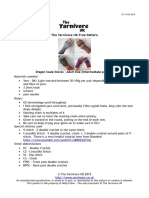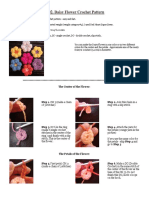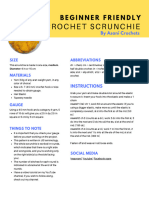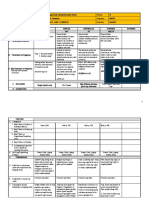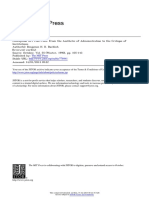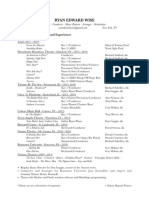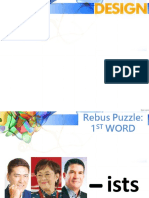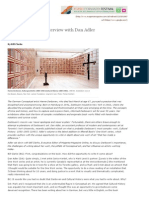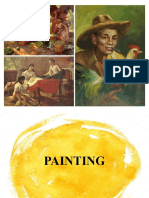100% found this document useful (1 vote)
1K views24 pagesCrochet African Flower Turtle Guide
The document provides instructions for creating an African flower toy by crocheting polygonal motifs and assembling them. It includes step-by-step photos and charts for making the motifs as well as decorating the finished item. The skill level is listed as moderately difficult.
Uploaded by
AnitaCopyright
© © All Rights Reserved
We take content rights seriously. If you suspect this is your content, claim it here.
Available Formats
Download as PDF, TXT or read online on Scribd
100% found this document useful (1 vote)
1K views24 pagesCrochet African Flower Turtle Guide
The document provides instructions for creating an African flower toy by crocheting polygonal motifs and assembling them. It includes step-by-step photos and charts for making the motifs as well as decorating the finished item. The skill level is listed as moderately difficult.
Uploaded by
AnitaCopyright
© © All Rights Reserved
We take content rights seriously. If you suspect this is your content, claim it here.
Available Formats
Download as PDF, TXT or read online on Scribd
/ 24






























